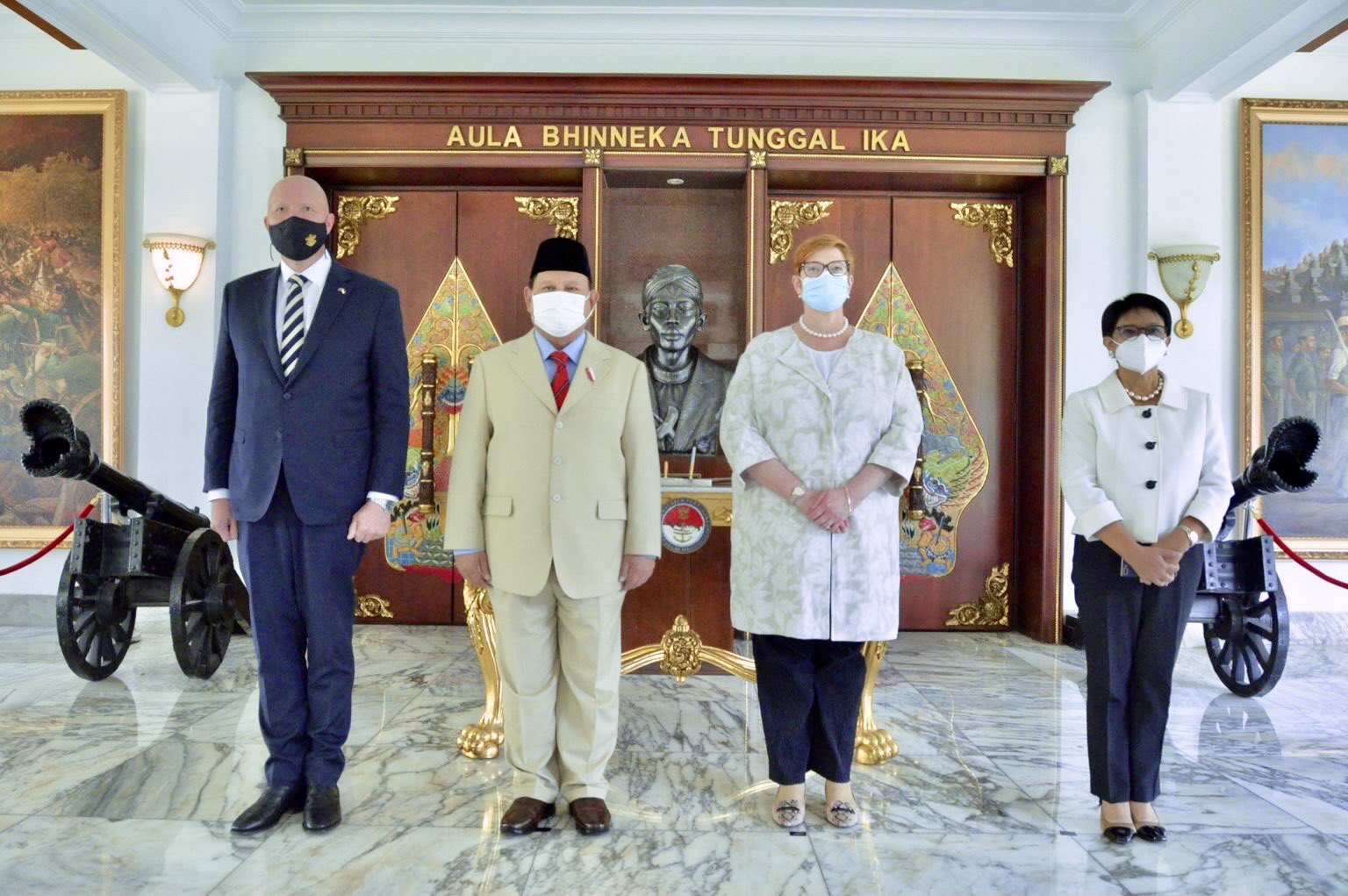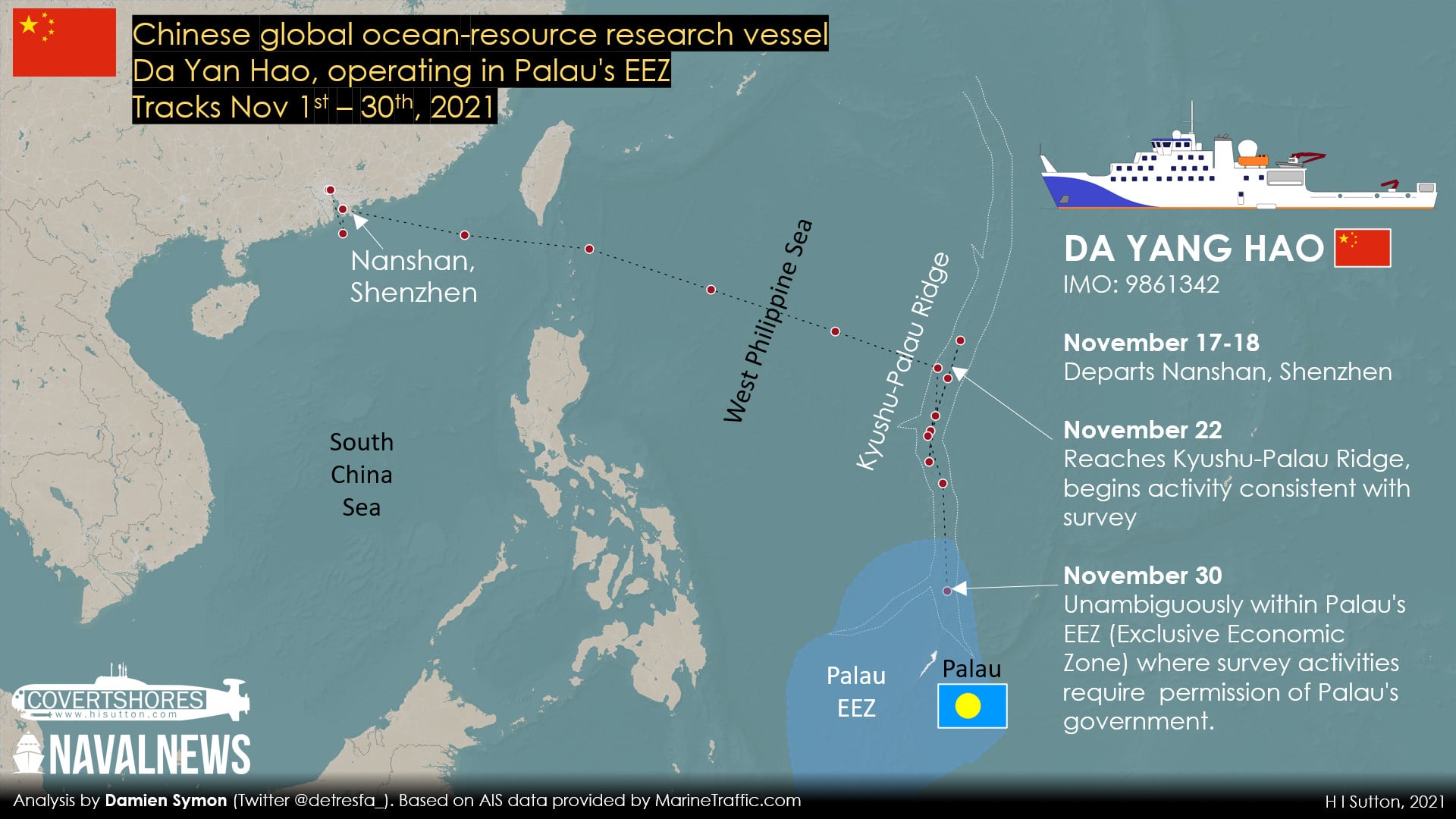Post 1 of 4: Explaining the concepts of deterrence & relative combat power in reply to ManteoRed
2. While the PLA’s intensified sea and air drills in the southwestern corner of Taiwan’s air defense identification zone — and the Pratas Islands (Dongsha Islands, 東沙島) threat from China’s military, D=FxA explains why no fighting has occurred — in reality the PLA’s willingness or ability to use force is low. Taiwan’s Ministry of National Defense has responded to increase D by garrisoning the Marine Corps on the Pratas Islands, ostensibly to conduct off-shore training, but in reality to bolster its defences. IMO, a Chinese attack on Taiwan might possess certain key characteristics:
1. Thanks for starting this thread. To support your initiative, I have moved or copied 18 pages of older discussions by various DT members into this thread for your reference, as they are relevant to a PLA attack on Taiwan discussion. But I am not speaking as to the likelihood of success in such an attack.Preparing the battlefield. Identify which beaches could support an amphibious invasion, have tank traps nearby ready to be rapidly deployed, and perhaps offshore underwater systems to trap/bottleneck incoming vehicles/landing craft. Also multiple transport links(not just a single road). Would need to rapidly flow in enough forces to meet them on the beach.
(a) Speaking at Beijing’s Great Hall of the People in Oct 2021, President Xi said: “Reunification through a peaceful manner is the most in line with the overall interest of the Chinese nation, including Taiwan compatriots… No one should underestimate the Chinese people’s staunch determination, firm will, and strong ability to defend national sovereignty and territorial integrity,” Xi said. “The historical task of the complete reunification of the motherland must be fulfilled, and will definitely be fulfilled.” He added: “The Taiwan question is purely an internal matter for China, one which brooks no external interference.”
(b) As I said before, war between China and Taiwan by an invasion of the main islands, is very unlikely for the duration of Biden’s term as US President. While war is unlikely, it does not mean China’s force build up is not a concern. The U.S. Secretary of the Navy Del Toro told a small group of reporters that he had reviewed Gilday’s distributed maritime operations concept and Berger’s Force Design 2030 plans and was satisfied that both were the right directions for the services to move in. Now he just needs to put the right resources behind those plans. Del Toro confirmed that the U.S. Navy, even as it awaits a fiscal 2022 spending plan from Congress, has already submitted its FY23 plan to the Pentagon and the White House for review and has starting early planning efforts for FY24.
(c) Looking at Taiwan, we need to consider the formula below, where the strength of deterrence (D) as military force (F) is multiplied by the ability to use such firepower (A). In other words:
The D=FxA formula explain why countries armed with nuclear missiles, like the U.S. and Russia, failed to deter terror attacks on their soil. FxA also explains why South Korea has to tolerate North Korea’s sinking of it’s navy ship and artillery attack on its territory in 2010.
2. While the PLA’s intensified sea and air drills in the southwestern corner of Taiwan’s air defense identification zone — and the Pratas Islands (Dongsha Islands, 東沙島) threat from China’s military, D=FxA explains why no fighting has occurred — in reality the PLA’s willingness or ability to use force is low. Taiwan’s Ministry of National Defense has responded to increase D by garrisoning the Marine Corps on the Pratas Islands, ostensibly to conduct off-shore training, but in reality to bolster its defences. IMO, a Chinese attack on Taiwan might possess certain key characteristics:
(a) a crippling first strike, occurring without warning signs or suddenly escalating when least expected. China’s objective would be to impose a political settlement before the US and Japan could effectively intervene;
(b) mass cyberattacks would target Taiwanese C4I Systems. Activation of cells of Chinese agents embedded within Taiwanese society to engage in acts of assassination, disinformation, or sabotage; and
(c) thousands of follow-on SRBM strikes (after the 1st strike), to last over 42 days, used for facilitating Chinese air operations over the Strait and Taiwan. Chinese air control would likely be viewed as a key prerequisite for a successful naval and amphibious campaign.
3. In the last 5 years, all the low hanging fruit, for Taiwanese force improvements, have been plucked. All easy steps have been taken. What follows to raise, train and sustain fighting brigades, with fighting cohesion, is more difficult. Some of these prior discussions are long and considered, including at post #199 (The Taiwan factor in regional calculations) that is spread over 6 posts, by me. I have provided specific information about what is needed to train a conscript to fight in an urban environment (with a video on ROE shoot — which is very complicated).I dont know that any of this is publicly available, but something that seems to be the most valuable in terms of defense is also something relatively low tech and inexpensive.
(a) In Sep 2015, an eight-man SAS team was ambushed in Syria by at least 30 militants, while smuggling a secret agent into Syria. The SAS team was “out-gunned and out-numbered” but regained the initiative “by using courage, aggression and firepower.” In fact, one SAS soldier outgunned six militants. Eventually, the SAS team eliminated the ambush and killed eight militants — Admiral McRaven, has a theory of how a small force can achieve relative superiority (where he draws a graph to show an area of vulnerability).
Q1: Does the quality of soldiers matter more than their quantity?
(b) I will explain the Lanchester Square Law and link it to the concept of Relative Combat Power (RCP), in the next 3 posts. And RCP is defined as the effectiveness of a force in killing an enemy. If you do a like for like comparison — the SAF’s regular infantry companies (due to the 5 month combat qualification course) are better trained that Taiwanese equivalent processionals — likewise the SAF’s conscripts are a golden mile ahead of Taiwanese conscripts.
(c) If the Taiwanese infantry conscript is not trained to a minimum standard, they will end up shooting their own civilians and adjacent Taiwanese units — it is my considered view that Taiwan does not invest in well trained and confident conscripts to execute (when they are under fire). They have no hope of training these Taiwan soldiers to Singapore’s minimum standards — the SAF trains it to the level of muscle memory.
(d) Taiwan’s NS duration is a summer camp, with only basic weapons familiarisation. This means the Taiwanese can’t fight. They have seen Singapore conscripts train in Taiwan and they know they can’t match the level of realism in training, due to the huge difference in physical training standards — be it in basic physical conditioning, mental preparation for operations, tactics, or ROE driven shooting.
(e) Standards matter. As such, the SAF maintains capabilities and standards for each specialist conscript vocation, like the Guards in the above Guards conversion course video. The Guards Cadre (of trainers) exist to give confidence to junior officers & NCOs — for any SAF infantry battalion to be operational, they are tested at a battalion level for their proficiency in operations in a full scale two sided exercise — exercises are conducted to make our infantry conscripts experience failure and to learn from it; as part of the after action review process conducted by the trainers.
(f) In contrast to Taiwan’s lack of robust standards for their conscripts, Singapore’s infantry conscripts at an individual skills level are trained to shoot at a head and shoulder sized target at 100 metres and when close-in (15 metres or less), they can shoot at specific parts of a body, when the ROE does not allow shoot to kill. After 22 months of training, Singapore’s conscripts go into the reserves with annual unit proficiency training and are ready to be mobilised for battle in ‘x’ hours for contingency operations under 2PDF’s CONOPS for homeland security.
(g) Our citizens are especially proud of our German trained conscript tank crews — go watch the YouTube video on Ex Panzer Strike — these armour vocation troops are able to shoot to kill enemy tanks while on the move at Company level (12 to 14 tanks), with their Leopard 2SGs — which enables a SAR to deliver violence of action, for attacking without pause.
Last edited:


